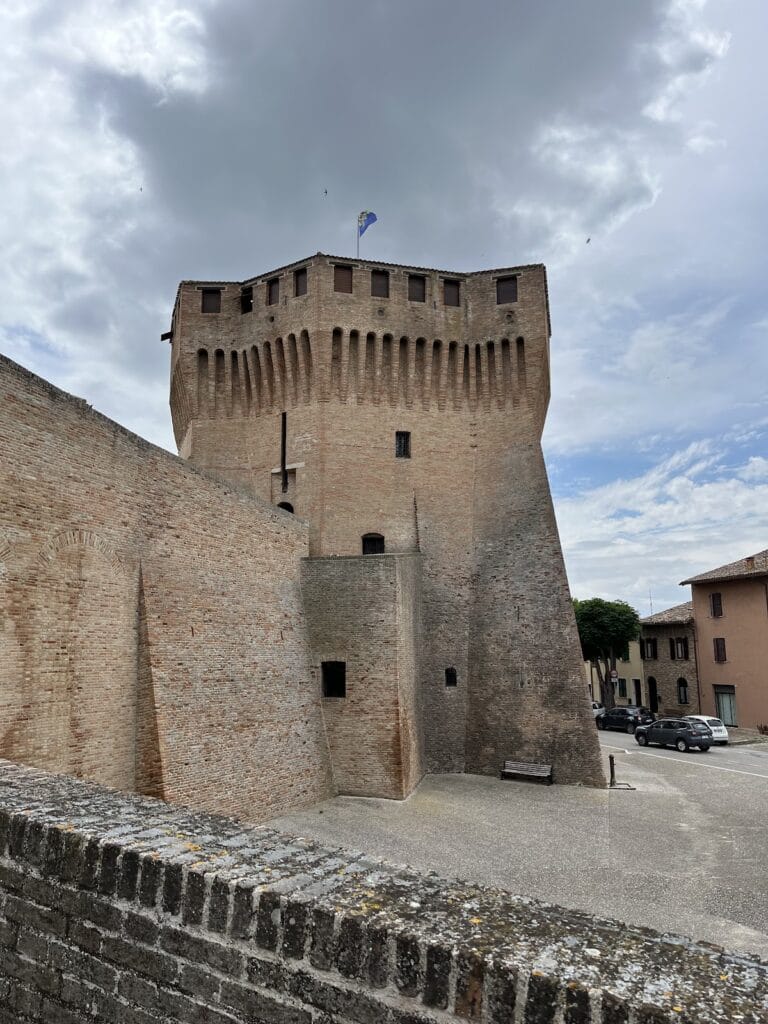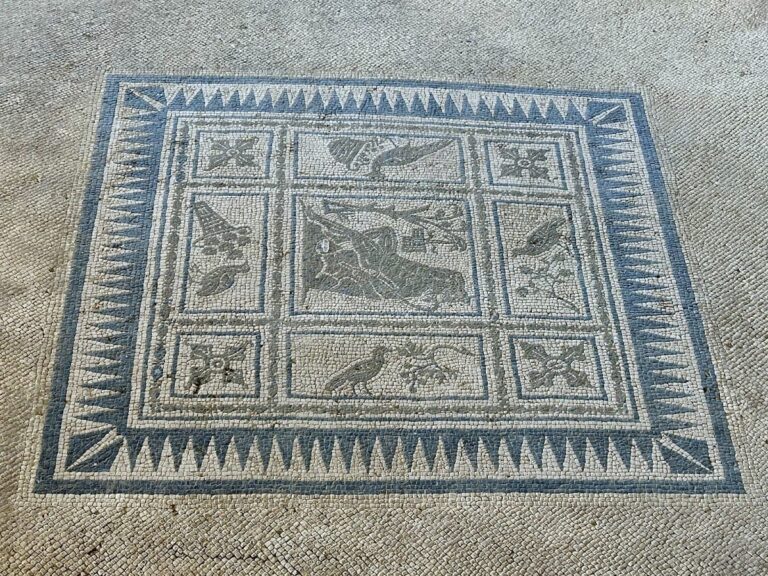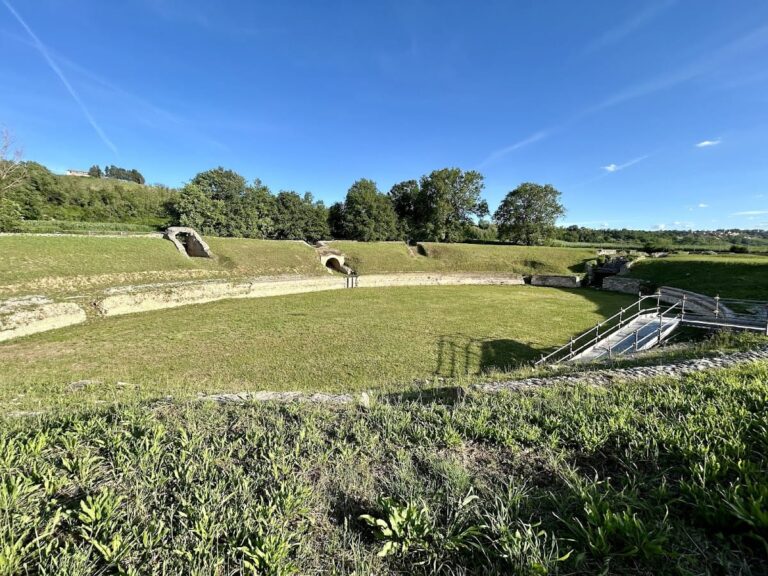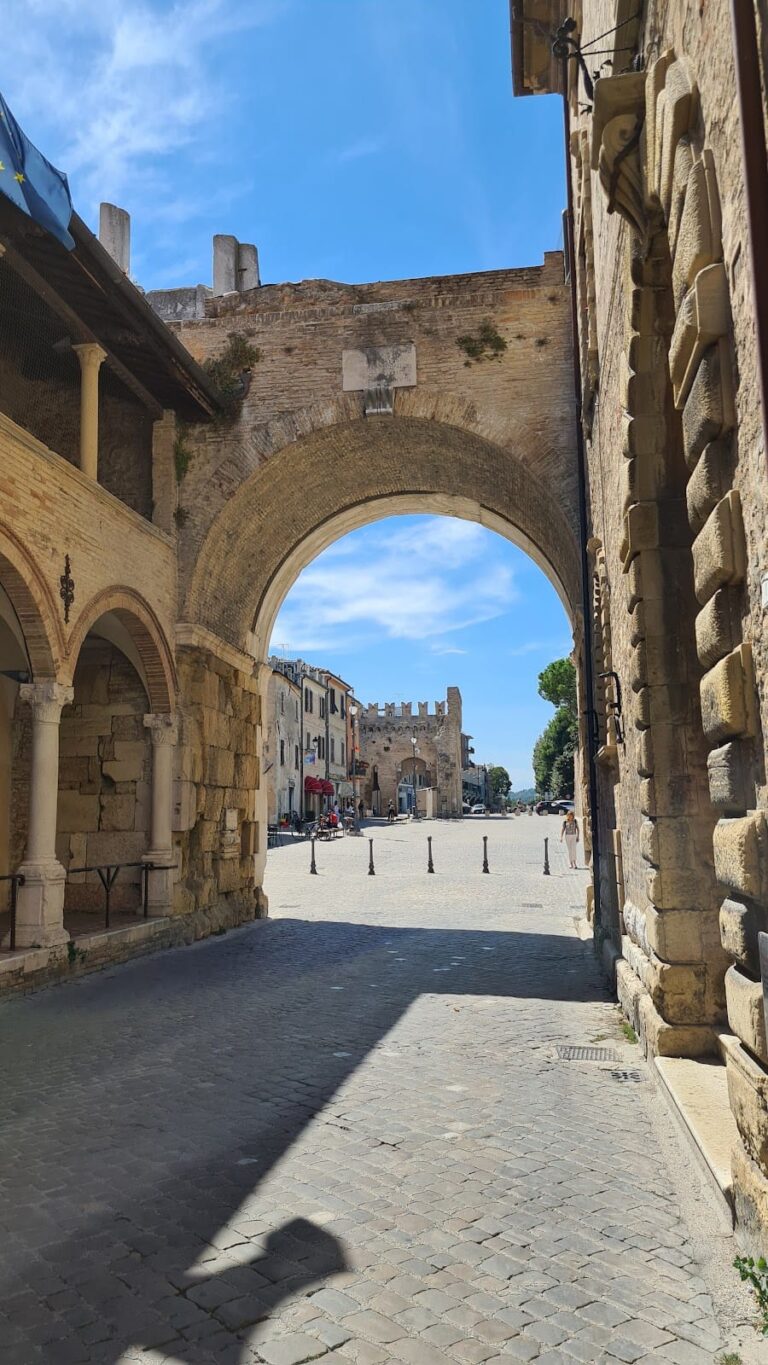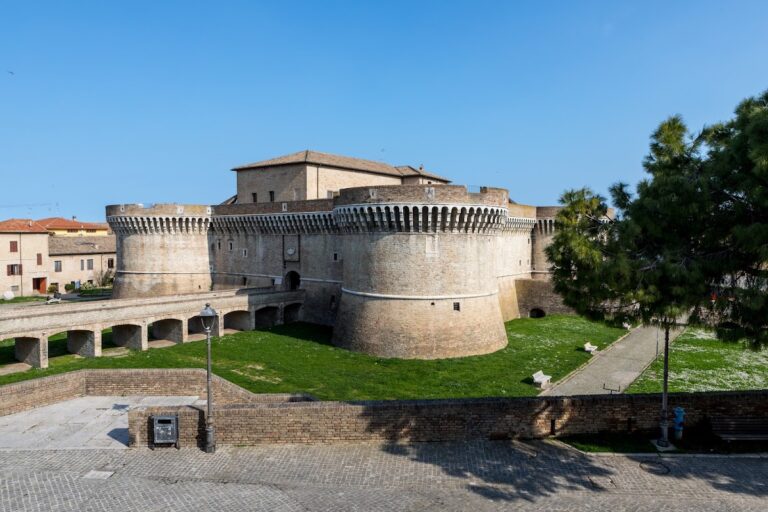Rocca di Mondavio: A Renaissance Fortress in Italy
Visitor Information
Google Rating: 4.6
Popularity: Medium
Google Maps: View on Google Maps
Official Website: turismo.comune.mondavio.pu.it
Country: Italy
Civilization: Medieval European
Remains: Military
History
The Rocca di Mondavio is a Renaissance fortress located in the town of Mondavio, Italy. It was built during a period when the Italian peninsula was divided into numerous states, and fortifications were essential to maintain control and defense.
The fortress was commissioned by Giovanni della Rovere, a nobleman of the influential della Rovere family, who ruled the Duchy of Urbino. Its construction began in the late 15th century, roughly between 1482 and 1492, under the direction of Francesco di Giorgio Martini, a prominent architect and military engineer of the time. Martini’s involvement in the project represents one of the final works of his career before he returned to Siena and subsequently died around 1501. Giovanni della Rovere also died shortly thereafter, which contributed to the fortress remaining incomplete. The Rocca was conceived as part of a strategic network of fortifications designed to protect the Duchy of Urbino alongside other strongholds in nearby towns such as Cagli, Cantiano, Fossombrone, Frontone, Sassocorvaro, Pergola, and Mondolfo.
After the death of the last Duke of Urbino, Francesco Maria II della Rovere, in 1631, the Duchy was absorbed into the Papal States. This political change led to the fortress being repurposed from a military installation to serve as a papal prison. The Rocca maintained this function for several centuries, continuing as a place of incarceration even following Italian unification, up until the 1940s. Despite these transformations, the fortress was never subjected to attack or siege, which has allowed it to remain well-preserved through the centuries.
In the modern era, beginning in 2000, the fortress grounds were adapted to include a museum and park that showcase full-scale reconstructions of Renaissance siege machines based on Martini’s original designs. This serves both to highlight the military significance of the site and to preserve its historical legacy as part of the region’s defensive system.
Remains
The Rocca di Mondavio features a distinctive and well-preserved layout characteristic of Renaissance military architecture, primarily constructed from stone. Its centerpiece is a large, irregular eight-sided tower known as the donjon or mastio. This tower is notable for its asymmetrical faces, with recessed sections and sharp angles that create a spiral visual effect from base to top. This unusual form was designed not only for defense but also to confuse and repel attackers.
Connecting the donjon is a covered walkway, or camminamento, which is itself safeguarded by a small tower and links to a large semi-circular tower. Together with an outer triangular fortification called a ravelin—which includes two gated entrances, one of which is still visible—these elements are arranged to resemble a crossbow when viewed from above. This unique configuration is a hallmark of Francesco di Giorgio Martini’s architectural approach.
Surrounding the fortress is a dry moat, intended to hamper enemy advances, and defensive features such as machicolations—openings through which defenders could drop projectiles or boiling substances on attackers below—and numerous gunports. These gunports were designed for the use of both traditional siege weapons, like catapults and trebuchets, and the emerging firearms of the late 15th century, demonstrating a forward-thinking integration of new military technologies.
The design also included plans for an additional rounded tower on the western side to serve as a residence, as described in Martini’s treatises, but this feature was never realized. Inside, much of the original structure has been preserved and now houses exhibition spaces. Among these are important collections of armor, artillery pieces, and military instruments. The donjon’s five floors are largely used for a museum dedicated to historical reenactments, occupying four of these levels.
One of the advanced defensive innovations present in the fortress is a covered evacuation passage called the soccorso coverto, allowing defenders to exit safely during an attack. Together with the machicolations, these details emphasize the fortress’s status as a sophisticated military installation designed to withstand the evolving forms of warfare of its age.
The Rocca di Mondavio has undergone multiple restoration efforts over time, maintaining its strong structural condition. Since it never faced combat or siege, much of its original fabric survives intact, making it an important example of Renaissance military engineering and architectural planning.
